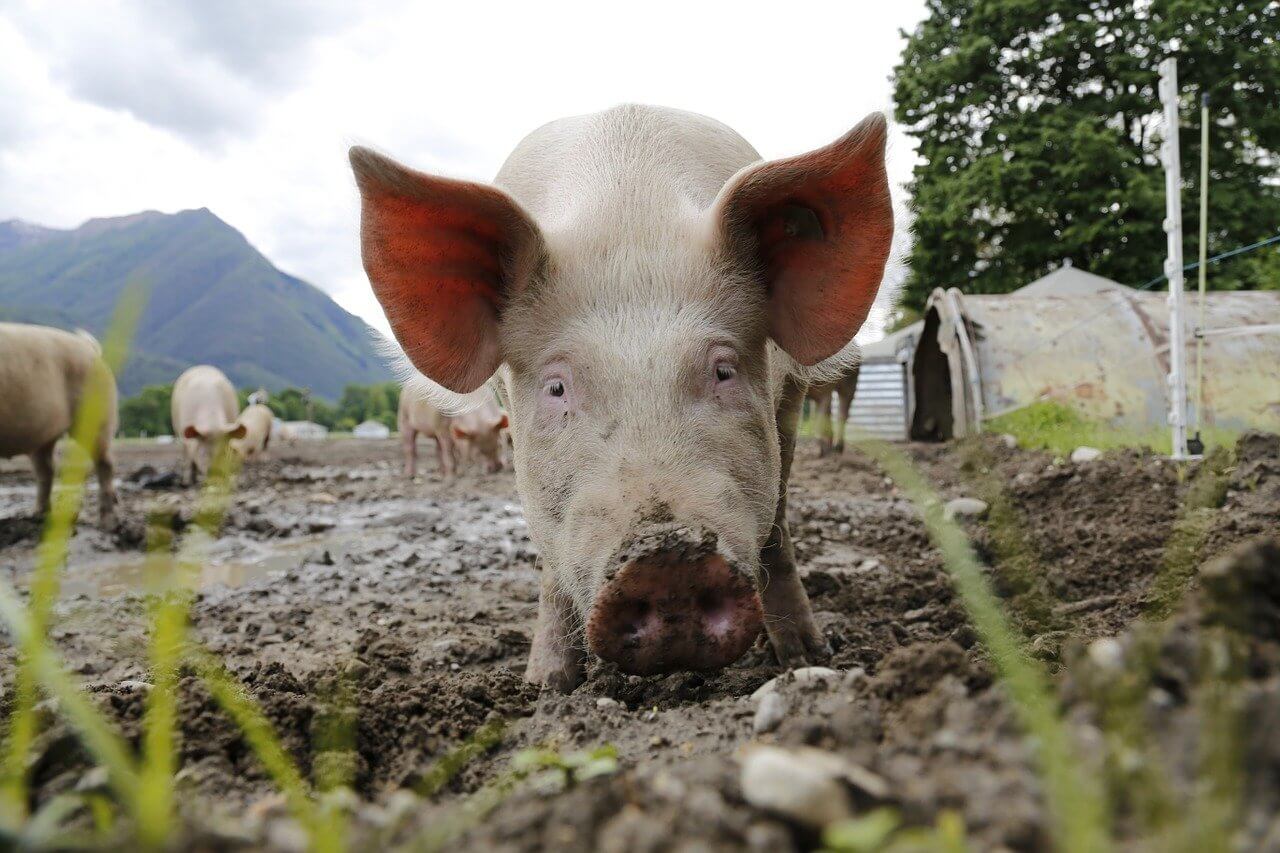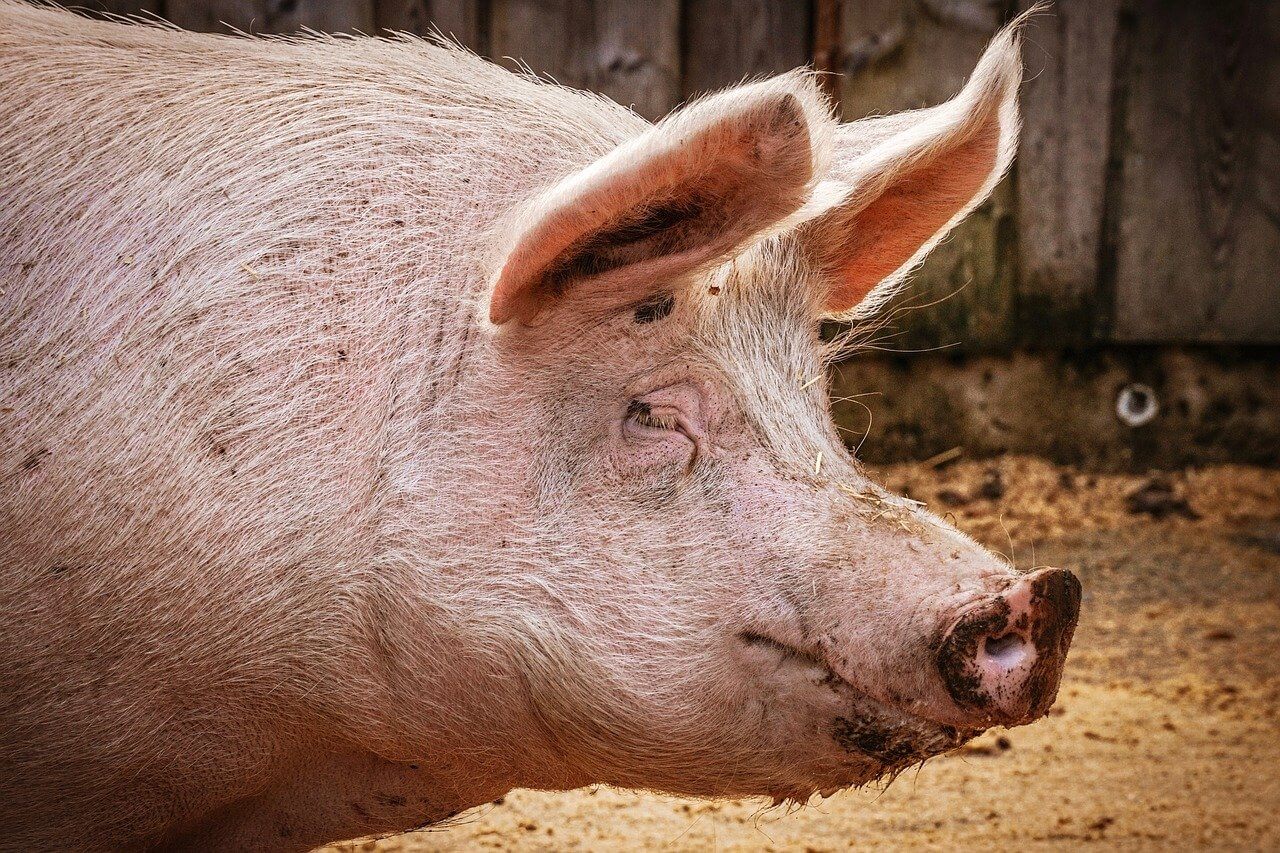When your pigs reach market weight, you will need to have them slaughtered or slaughter them yourself. If you choose to take them to the butcher or processor, there are a few steps you will need to take in preparation, transportation and transaction. In this article, we review what’s involved in having your pigs slaughtered. Read on to learn more.
What You'll Learn Today
Is Slaughter Cruel?

There is nothing kind about being killed, but a skilled, small-scale butcher should make every effort to treat your pigs as humanely as possible. You’ll want to double check the reputation of the processor you choose before submitting your pigs.
Pig Transportation
To haul your pigs, you’ll need to have a pickup truck with extended sides, or you could use a horse trailer. Either way, you’ll need to have a ramp with rails for loading.
Your goal should be to keep your pigs calm and quiet throughout the process. This means that you must be patient, and you must not rush them when loading. Excessive adrenaline in the pigs’ system will damage the quality of the meat, and the stress that arises from improper handling is simply cruel.
When it’s time to load your pigs up, you should guide them up the ramp calmly. Use a panel or barrier to prevent them from slipping past you. Never try to push or herd pigs aggressively as this will simply stress them out and will be ineffective.
Before loading up, be sure to examine all of your pigs to make sure that they are completely healthy. Sick pigs should never be taken to slaughter. It’s a good idea to get your vet to examine them and give each one a clean bill of health before the set out.
If you are not able to haul your pigs yourself, you may be able to hire a commercial livestock hauler to take them for you. Of course, this will add to your expenses.
What Happens At The Packing Plant?
Ideally, when the pigs arrive at the plant, they will be unloaded calmly and allowed a chance to rest from their journey before slaughter. This wise practice increases the quality of the meat and decreases defects such as “PSE” (pale, soft, exudative pork).
When the time comes for slaughter, the pigs are guided to their final destination through the use of curtains, sorting boards or plastic paddles. They are moved in small groups.
The pigs are stunned by being lowered into a chamber containing 90% CO2. Alternately, they may be stunned via electrical charge. This part of the process presumably renders the animal unconscious and makes it insensitive to pain.
Slaughtering Pigs In A Humane Way
It is worth noting that this sort of careful practice is more likely to occur in a small, humane processing operation than in a large, commercial operation.
In large commercial operations, pigs are often rushed around in large groups and may not be completely stunned before slaughter. If you wish your pigs to be treated humanely, you should carefully research the practices of the slaughterhouse you intend to engage.
If verifiably humane slaughter facilities are not available in your area, you may need to bite the bullet and learn to do your own slaughter. To slaughter pigs at home, see this comprehensive guide from the South Dakota State University Extension.
Is It Profitable To Raise Pigs For Slaughter?

A family or small farm can look at pig breeding and raising as a low investment, short-term way of making a small amount of money. It is also an excellent way to get the most meat for your personal use for the lowest amount of investment.
As omnivores, pigs are able to process a wide variety of discarded foods into excellent pork for your table. If you’re able to pasture raise your pigs and feed them scraps along with a high quality pig ration, you will be able to fill your freezer at the end of the growing season with a wide variety of meats for your table.
Raising a single hog to slaughter size can bring you all of the following:
- Meat for Barbecue
- Pork Steaks
- Boston Butt
- Pork Chops
- Ham Steaks
- Sausage
- Bacon
- Ribs
- Ham
- Lard
A single pig can not only provide a wide variety of meats, but it will also provide more meat for your investment of feed than any other type of farm animal.
After slaughtering and processing, animals such as sheep and cattle render only about 50% consumable product. Pigs, on the other hand render about 70% consumable product. If you and your family like unusual foods such as neck bones and head cheese, the percentage is even greater.
I stop slaughtering pigs myself a few years ago because my family found it quite cruel. Now I just leave the job for the local butcher.
This article does not explain the actual slaughter process, it’s a talk-around deflection.